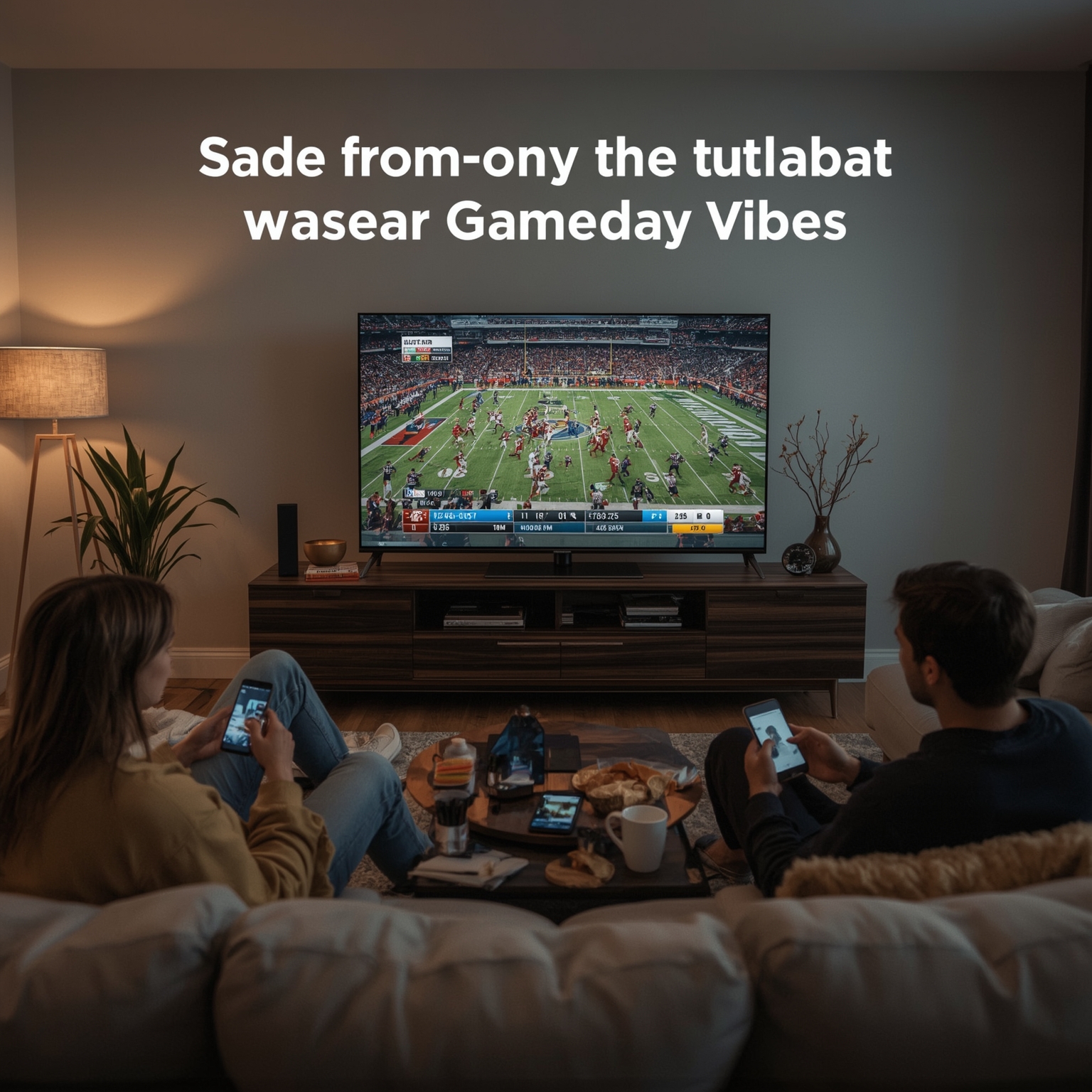For committed football enthusiasts who have long dreamed of liberating themselves from conventional cable or satellite subscriptions, this NFL season marks a watershed moment. For the very first time, fans have the ability to experience every in-market game on their televisions through purely digital means, thanks to stand-alone applications from major broadcasters such as ESPN and Fox. This development represents a long-awaited triumph for those who have grown increasingly impatient with the inflexibility and mounting expense of traditional pay-TV, yet the reality is less financially liberating than many may have hoped.
At its core, the promise of cord-cutting has always been twofold: gaining greater freedom over how programming is consumed while ideally cutting monthly costs. However, in the specific case of professional football, the financial advantage turns out to be marginal — a mere $1.03 in savings each month compared to select cable bundles, according to a recent analysis conducted by Robert Fishman of MoffettNathanson. The allure of unbundled access is undeniable, but the price comparison reveals that the shift may stem more from consumer demand for autonomy and convenience than from any meaningful economic relief.
To truly follow every step of the action on Sundays and beyond, fans must patch together a custom streaming package from multiple providers. Paramount+ and Fox’s service are indispensable for Sunday afternoon matchups on CBS and Fox. Peacock secures NBC’s primetime Sunday coverage, while ESPN’s newly enhanced application ensures access to Monday Night Football. Amazon Prime Video, which increasingly serves as the home of sports content, carries the majority of Thursday night contests, save for traditional exceptions like the highly anticipated season opener and holiday games scheduled for Thanksgiving and Christmas. In December, Netflix even joins the roster of providers, further complicating the puzzle by holding exclusive rights to certain Christmas Day broadcasts.
The cumulative costs of such an arrangement can quickly escalate. Subscribing concurrently to the five core services—Paramount+, Fox One, Peacock, ESPN, and Amazon Prime—totals $77.95 each month, an amount almost indistinguishable from the $78.98 monthly bill for DirecTV’s sports-focused skinny bundle when paired with Prime Video. In December, when Netflix’s holiday exclusives are factored in, this figure climbs even higher, reinforcing the notion that cord-cutting does not necessarily equate to cost-cutting.
In addition, six regular-season contests are reserved for the NFL Network. Dedicated viewers must decide whether to access these through DirecTV’s MySports package, YouTube TV, or the league’s proprietary streaming option, NFL+, which is available for $7 per month. Fans determined to catch every televised game within their market might be satisfied with this patchwork arrangement, but for those unwilling to miss a single matchup — even out-of-market games — the expenses mount substantially further. The comprehensive solution is YouTube’s NFL Sunday Ticket, which costs a steep $85 per month and still excludes select digital-only games reserved by companies like Netflix or Amazon.
To a casual observer, this assortment of subscriptions and its associated price tag might seem extravagant, even excessive. Yet for die-hard football loyalists, the financial outlay may appear entirely reasonable, justified by the unparalleled access it grants to the cultural phenomenon that is NFL football. As analyst Fishman aptly put it, regardless of which platforms hold rights to particular games or on which evenings those games air, the one constant is immovable: the American public will be watching, united across streaming apps, cable boxes, and every form of screen in between.
Sourse: https://www.businessinsider.com/nfl-football-fans-streaming-cable-tv-espn-fox-prime-video-2025-9



